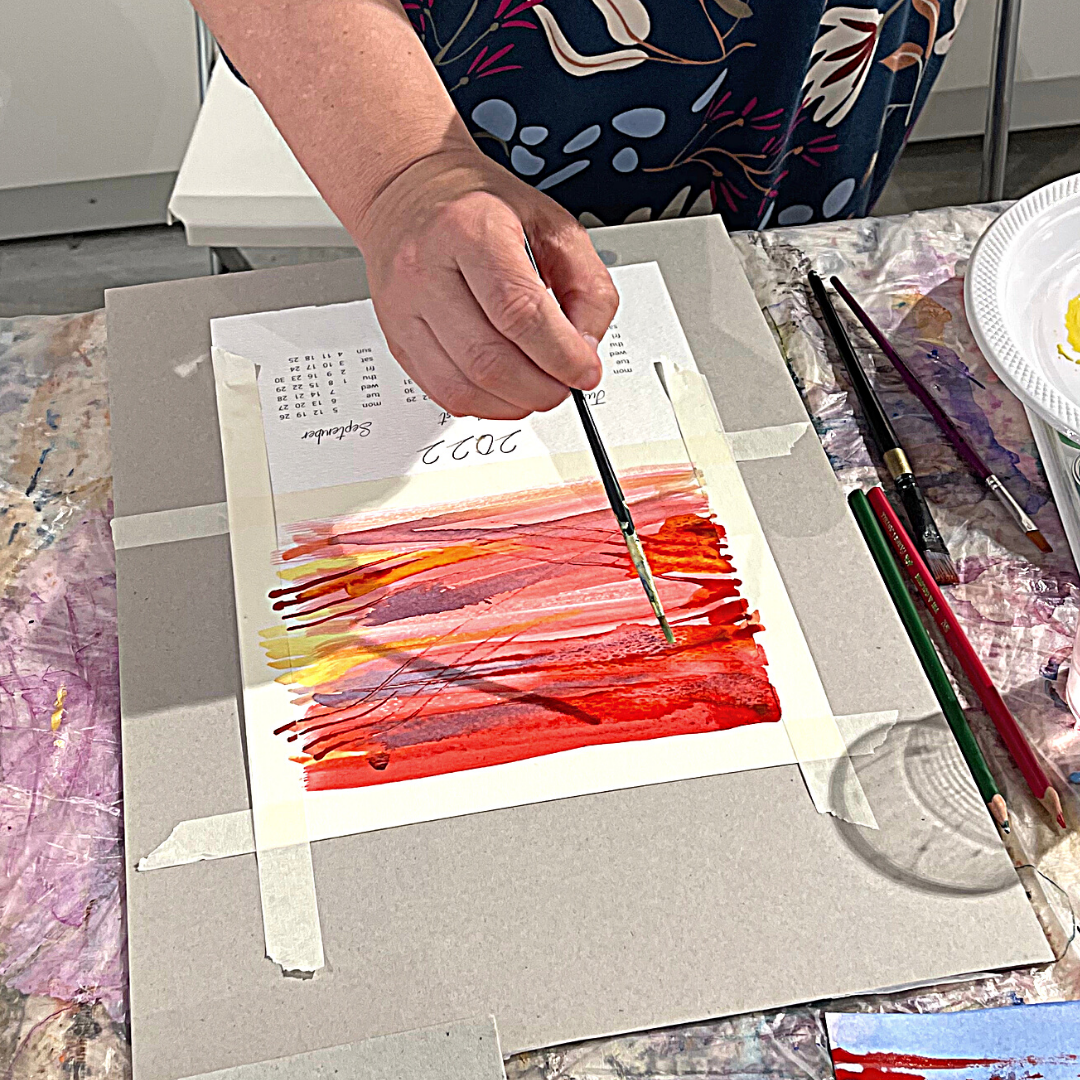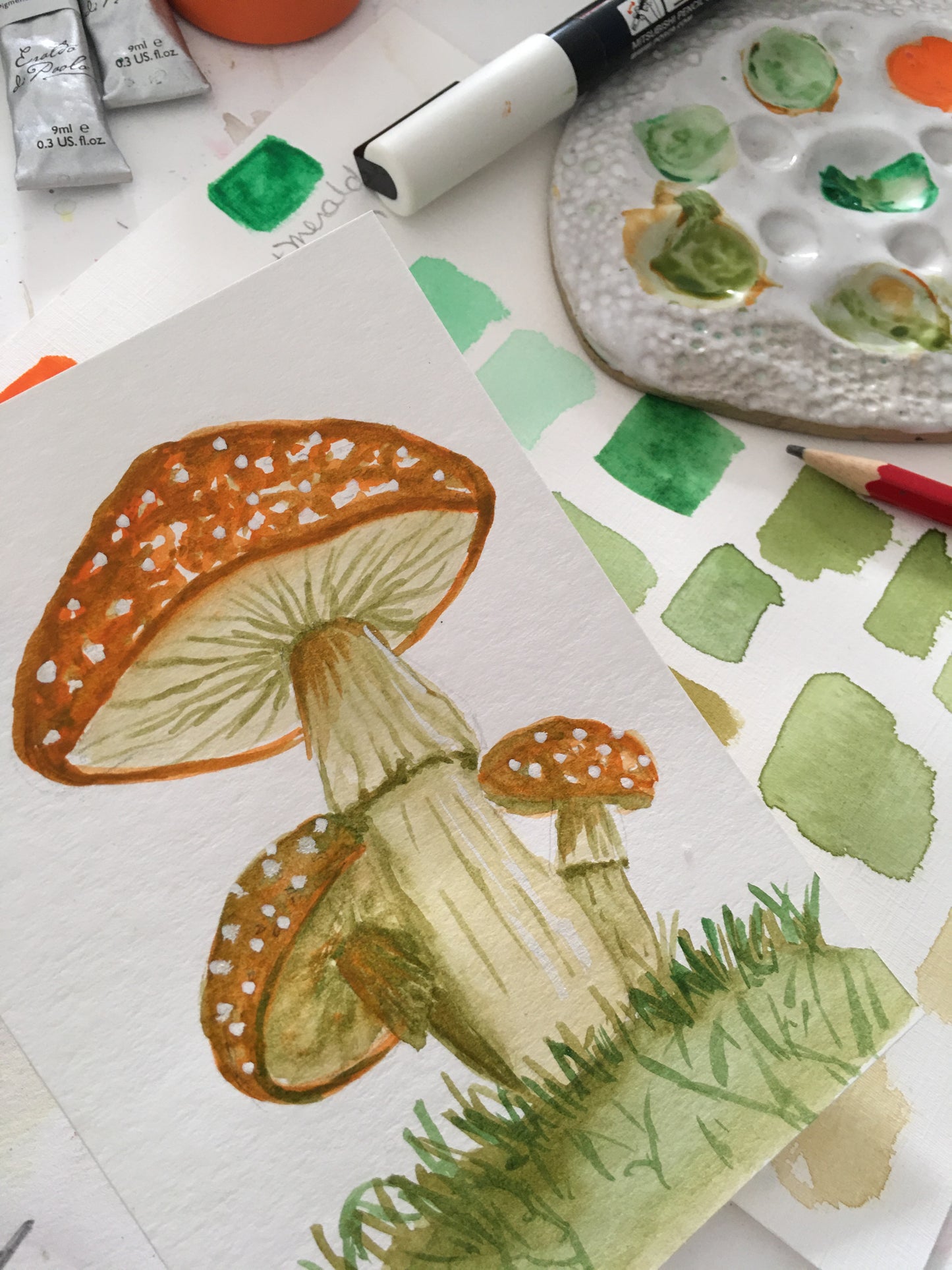
How is Watercolour Made? (A Splash of Fun Behind the Scenes)
Share
Watercolour, also known by its fancy French nickname aquarelle, is basically colour wizardry in a tube (or pan, if you’re feeling old-school). At its core, watercolour is all about blending pigments with a water-loving binder, then serving up some artistic magic on paper.
Here’s how it all comes together:
- Pigments:
Think of pigments as the life-of-the-party guests, each one bursting with its own personality and hue. Whether sourced from ancient minerals, vibrant plants, or ultra-modern labs, these coloured powders bring the “wow” factor to your paint. The finer they’re ground, the smoother and more even your paint will flow when water hits that brush.
- Binder:
Next up, meet the binder—gum arabic. It’s basically the paint’s social glue, encouraging pigment particles to mingle happily and hold onto your paper. This natural tree sap dissolves in water like a dream and, when dry, forms a crystal-clear film that lets your colours shine through like stained glass in the sun.

- Mixing & Magic:
Here’s where the fun begins. Your well-chosen pigment powders and gum arabic join forces with water, swirling together until they form that perfect paint consistency. More water means a delicate whisper of colour; less water equals a bold, in-your-face hue. It’s all about balancing these ingredients until your paint feels just right—like a chef adding a dash of salt or a pinch of spice.
Ready to paint your own sunset or a cheeky goldfish? Grab a set of high-quality watercolours today and let your imagination run wild!
- Optional Add-Ons:
Want to play mad scientist? Toss in some preservatives to keep pesky mold at bay, or add a few drops of a wetting agent to make your paint flow smoother than silk pyjamas. Fillers can thicken things up if you’re feeling saucy. It’s all about customising your paint to get that unique, personal flair.
- Milling (Fancy Word for Extra Smooshing):
Once your magical mixture is complete, it may go through milling. Think of it as a spa day for pigments—rolling and pressing the mixture until every last grain of colour is evenly distributed and smooth enough to make a baby’s cheek jealous.
- Packaging the Rainbow:
Your newly minted watercolour paints can rest in tubes, pans, or jars—ready to step into your studio and star in your next masterpiece. Tubes give you that freshly-squeezed paint vibe, while pans are like colourful little candy bars of creativity waiting to be reawakened with a splash of water.
Want to dive deeper into the world of watercolours? Sign up for our newsletter and workshop updates to get painting tips, colour mixing secrets, and inspiration delivered straight to your inbox. Your masterpiece awaits!










